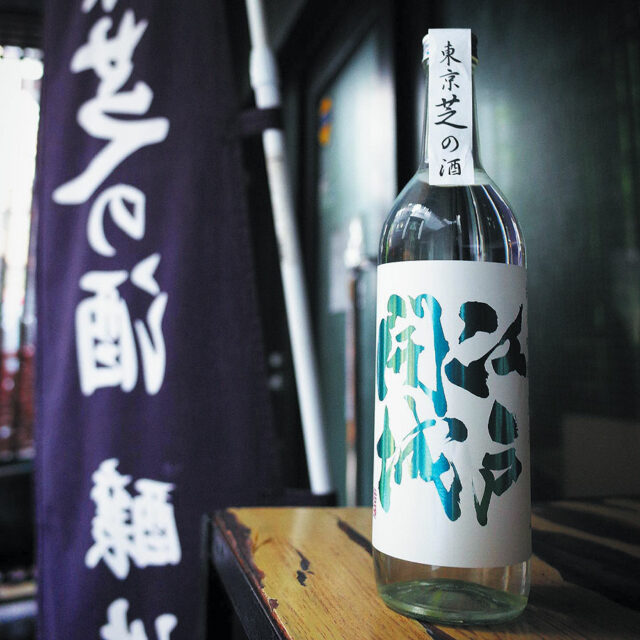BSP says on track with study and testing of its own digital currency

By Luisa Maria Jacinta C. Jocson, Reporter
THE STUDY and testing of a central bank digital currency (CBDC) is on track, with implementation eyed by 2029, a Bangko Sentral ng Pilipinas (BSP) official said.
“We’re already about to conclude proof of concept. This is an innovative payment instrument. In fact, there’s no central bank in the world that has already launched wholesale CBDC, I guess with the exception of the Swiss National Bank,” BSP Deputy Governor Mamerto E. Tangonan said at a briefing on Tuesday.
Mr. Tangonan said they will make sure there will be users of this BSP-issued digital currency before it is launched.
“Otherwise, you create a white elephant,” he added.
In September, the BSP designated Hyperledger Fabric as the distributed ledger technology for Project Agila, its pilot project for CBDCs.
Since 2021, the BSP has been reviewing use cases for wholesale CBDCs.
BSP Governor Eli M. Remolona, Jr. earlier said that the central bank could launch CBDCs within his six-year term, which ends in 2029.
“If after a proof of concept that now brings the literacy and the knowledge of both BSP and the banks to a level that they are ready to launch it, then only such time will we make a decision whether to go or not go,” Mr. Tangonan said.
“This is an entirely new thing, and we have to make sure that we can offer it and operate. It’s a BSP-issued digital currency so we have to make sure we can offer it, maintain it and operate it safely, and that the banks can do likewise and that they have business use cases for it.”
The identified potential uses for CBDCs include liquidity management, securities settlement and cross-border payments, Mr. Tangonan added.
BSP Payments Policy and Development Department Director Bridget Rose M. Mesina-Romero said they have completed the first phase of Project Agila with the selection of Hyperledger Fabric for the project’s sandbox experiments.
The BSP is aiming to assess if the distributed ledger technology can facilitate inter-institution fund transfer across participating financial institutions.
“The goal here is to obtain enhanced knowledge of the CBDC technology… then eventually come up with a baseline assessment to determine the CBDC roadmap moving forward,” she said.
The central bank has completed the first set of the test run, having tested a distributed measuring technology and tokenization of wholesale CBDC, Ms. Mesina-Romero said.
The BSP is studying the functionality and performance of the CBDC, she added.
“One is the functionality criteria. We assess it against our usual currency life cycle. This time, we pattern it to the CBDC life cycle of creation; creating CBDC, issuing CBDC, making inter-institution fund transfers to CBDC, and then finally redemption and retirement.”
“We also assess the criteria of its performance, meaning whether it can facilitate 24/7 transfers, its security on the user interface, because the next phase will govern cybersecurity assessment of the blockchain technology, and finally, the data end-to-end testing among the BSP and financial institutions.”
By the end of the year, the central bank will be able to release the findings of its pilot testing.
“At the end of this project, which will be towards the end of this year, we will be issuing a report containing all of our findings and assessment with respect to our sandbox test experiments,” Ms. Mesina-Romero said.
RETAIL CBDCs?
Mr. Tangonan also said that the central bank is open to studying the possibility of offering retail CBDCs but does not see the need for it just yet.
“Of course, that will always be under consideration, except that we have to be convinced that there is indeed something that a retail CBDC can offer that current digital payments cannot,” he said.
“At present, with how consumers, businesses and the government use digital payments, we see no gap yet. But as you know, the world changes every day, so one day there might be a clear use case for retail CBDC.”
The BSP earlier defined CBDCs as a form of digital money denominated in the national unit of account and are direct liabilities of the central bank.
Wholesale CBDCs may be issued to commercial banks and other financial institutions to settle interbank payments, securities transactions, and cross-border payments, among others, it added.
The International Monetary Fund last year said that CBDCs are crucial in expanding financial inclusion and improving cross-border payments.















